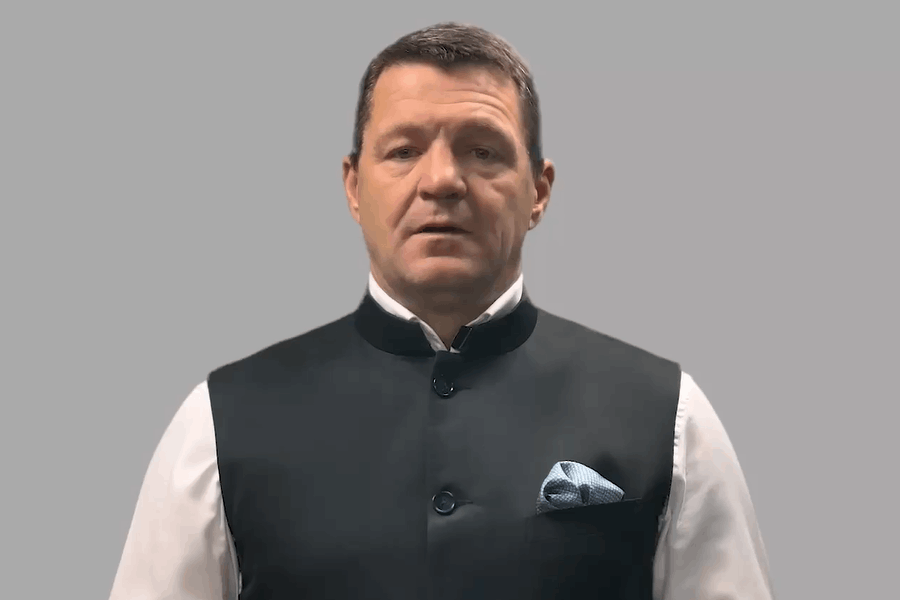Even with the recent decades of globalisation, Indians continue to suffer from malnutrition. Absence of micronutrients, such as vitamins, can lead to specific forms of malnutrition causing “deficiency diseases”. The signs of these disorders might not be overt; subtle physical signs gradually appear as the absence or insufficiency of a vitamin in daily diet continues.
In a developing country such as ours where the majority of the population struggle for “daily bread”, these signs might often be overlooked until major health consequences appear.
The reasons for vitamin deficiencies are manifold: they include poverty, starvation, long-term indigestion, gastritis or diarrhoea, parasitic infections of the gut or at times food fads and preferences, or food-processing.
Virtues
Vitamin D is known as cholecalciferol and commonly known as the “bone vitamin” as it strengthens teeth and bones. It has a daily, abundant and free source on this earth: sunlight. Vitamin D is essential for skeletal strength, adequate growth for children, muscle mass and healthy teeth; its role is equally vital in promoting good sleep, immunity, digestion as well as preventing neurological disorders and depression. It instructs the cells in our gut to absorb calcium and phosphorus — two minerals essential for maintaining strong and healthy bones.
But here comes the sad part of the story. Even though the human body naturally produces this vitamin when exposed to sunlight, research states that this is the most underdiagnosed and undertreated nutritional deficiency in the world.
This deficiency pandemic can be attributed mainly to lifestyle (for example, reduced outdoor activities) and environmental (for example, air pollution) factors that reduce exposure to sunlight, which is required for ultraviolet-B-induced Vitamin D production in the skin. Vitamin D insufficiency being so common is a particularly important public health issue because it is an independent risk factor for deaths, disability and long-term diseases.
Low Vitamin D levels have been linked to serious health consequences, including osteoporosis, cancer, depression, muscle weakness and death.
Often neglected, Vitamin D deficiency may lead to long-term psychological problems and as well as increase the risk of dementia and other neurological disorders.
Manufacture
When your skin is exposed to sunlight, it makes Vitamin D. The sun’s ultraviolet B (UVB) rays hit cholesterol in the skin cells, providing the energy for Vitamin D synthesis to occur. The sun is our best natural source of the vitamin. Spending even a short time in the sun can provide the body with all of the Vitamin D it needs for the day. According to the Vitamin D Council, this daily requirement is met by 15 minutes of sun exposure for a person with light skin and a couple of hours for a person with dark skin.
It is important to note that the sun’s UVB rays cannot penetrate windows. So people who work next to sunny windows are still prone to Vitamin D deficiency. People do not need to get a tan or burn to get Vitamin D. The body will make all the Vitamin D it needs for a day in about half the time it takes the skin to burn.
Many factors affect how much Vitamin D a person gets from the sun. The skin produces more of the vitamin when in the sun during the middle of the day. When spending prolonged times in the hot sun, use sunscreen and stay hydrated. The more skin a person exposes, the more Vitamin D the body will make. Exposing the back, for instance, allows the body to produce more than just the hands and face. Where a person lives in relation to the equator also has a significant impact on how much Vitamin D his or her body can make.
Frequent, moderate exposure to the sun is healthful, but prolonged exposure can be dangerous. It is important to note that when someone stays in the sun so long that their skin burns, they have a higher risk of developing skin cancer, and using sunscreen limits the body’s ability to make Vitamin D.
Also, certain individuals may not activate Vitamin D to a usable state. Older people, those with darker skin, the obese and people with kidney or liver diseases may find themselves at the risk of deficiency.
Food sources
Diet rich in Vitamin D includes cod liver oil, swordfish, salmon, canned tuna, beef liver, egg yolks and sardines. That said, you need to eat them nearly every day to get enough Vitamin D. If you do not get enough sunlight, supplements such as cod liver oil are often recommended. One tablespoon (14 grams) of cod liver oil contains more than three times the recommended daily amount of Vitamin D.
The writer is a consultant geriatric psychiatrist based in Calcutta and a member of the International Psychogeriatric Association










